#68 in Vietnam
Popular Bánh Ít Variations
Bánh Ít: Ingredients and Preparation
Main Ingredients
Main Cooking Method
Preparation Process
Bánh Ít: A Deep Dive
Cultural Significance
Taste
Texture
Aroma
Color
Serving Style
Serving Temperature
Accompaniment
Occasions
Seasons
Special Diets
Calories
Popularity
Popular Similar Dishes
- Bánh Xu Xê
- Bánh Ú
Popular Dining Area
Bánh ít, or bánh ích, is a type of Vietnamese steamed glutinous rice cake with a traditionally sweet mung bean filling. Alternatively, there’s also a savory filling that is often cooked before being encased in raw dough.
Aside from the glutinous rice, bánh ít also requires lá gai (ramie leaves), with various filling options like mung beans, black beans, and coconut meat. The savory version of bánh ít often calls for shrimp stir-fried with meat.
Interestingly, different regions also use various banana leaves, with the North often preferring dry leaves while the Central area utilizes fresh ones.
Ideally, these street-side cakes have an average size with a transparent profile. For serving, savory bánh ít is often enjoyed with scallion oil or nước mắm tỏi ớt.
Make sure to stick around to find out about the many versions of bánh ít along with the way of making bánh ít đậu xanh and the good and bad features of eating this treat.
Later on, explore some of the inquiries that many often have about bánh ít and know more about specialties that are like it.
Key Points
Bánh Ít Images
What Are the Variants of Bánh Ít?
Bánh ít in Vietnam often comes in a savory or sweet version that utilizes different fillings. To add to that, bánh ít trần is also a favorite version of this steamed glutinous rice cake:
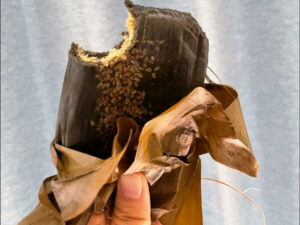
Bánh Ít Lá Gai
A signature black color
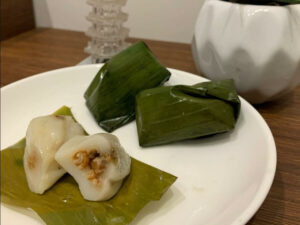
Bánh Ít Mặn
Savory filling, typically served with scallion oil and fish sauce
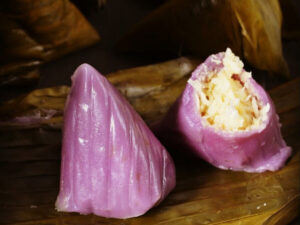
Bánh Ít Ngọt
Sweet filling, often wrapped in banana leaves, can contain coconut or sesame seeds
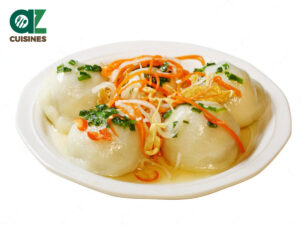
Bánh Ít Trần
Glutinous rice dumplings filled with shrimp, pork, and mushrooms or mung beans
Remember, aside from these specialties, you can even discover the method of creating bánh ít with mung bean as the main filling.
How to Make Bánh Ít Đậu Xanh?
Bánh ít đậu xanh is simply bánh ít filled with a sweet mung bean filling for a soft texture. To make bánh ít đậu xanh, here are what the locals often do:
Step 1: Preparing the Dough
Mix glutinous rice flour (and sometimes a bit of rice flour) with water to form a pliable dough.
Step 2: Preparing the Filling
Mix beans or coconut with sugar until it forms a paste or thick consistency. As for the savory filling, saute the meat of pork or shrimp with wood ear mushroom and seasonings.
Step 3: Forming the Cake
Use a small amount of filling that is wrapped using the formed dough.
Step 4: Wrapping
Wrapping the dough using banana leaves and tying them using strings.
Step 5: Cooking
Steam the cake until they’re translucent.
When your bánh ít đậu xanh is cooking, spend your free time learning about the pros and cons of eating this glutinous rice cake.
Pros and Cons of Eating Bánh Ít
Here are some features that people need to weigh up before eating bánh ít:
Pros
Cons
Let’s dive into some frequent concerns to help clarify any lingering curiosities or concerns you may have.



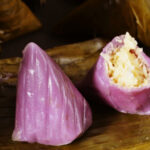
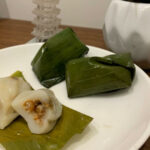

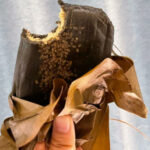
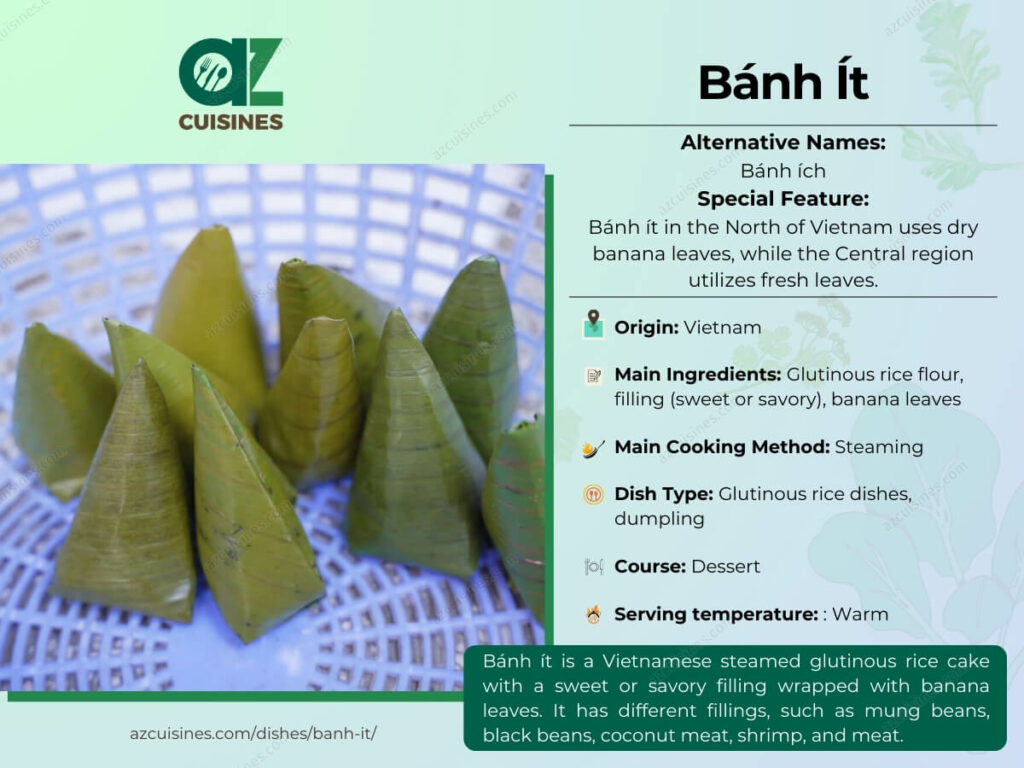
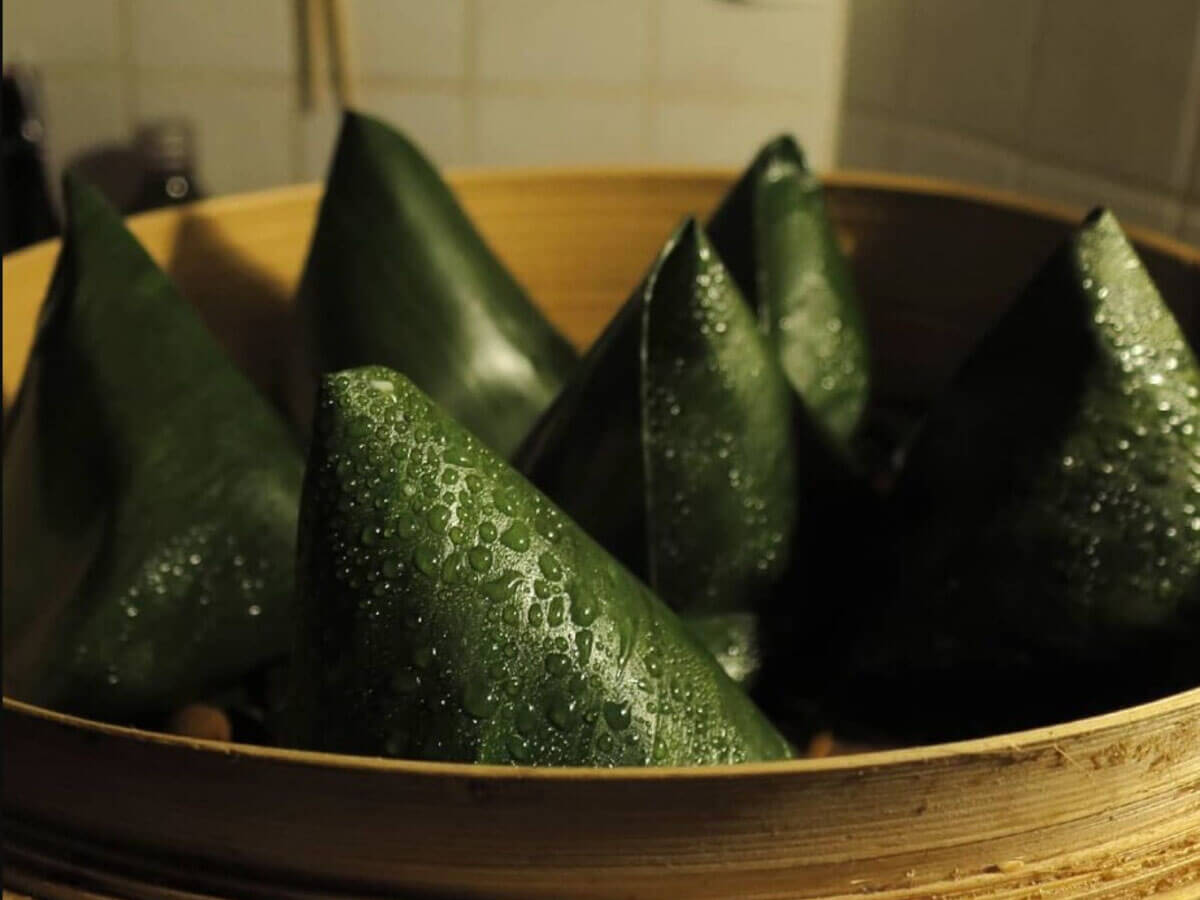
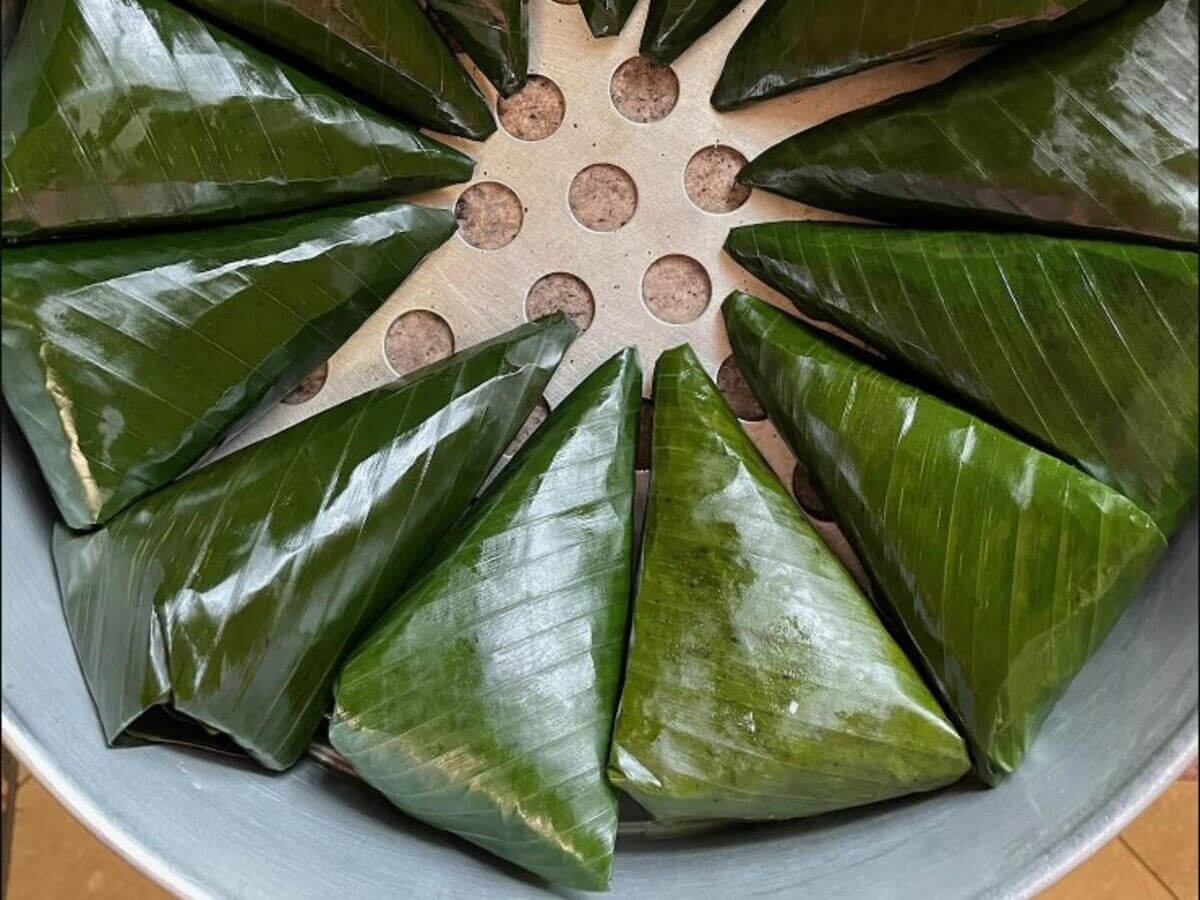

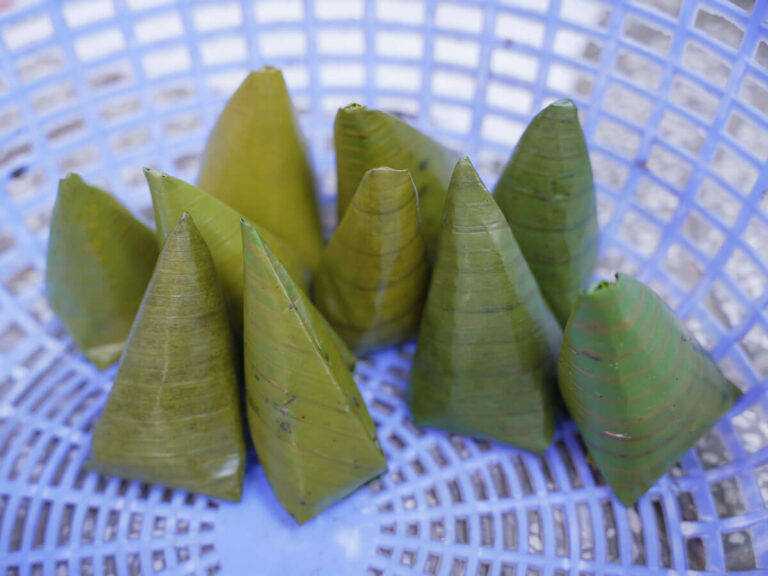

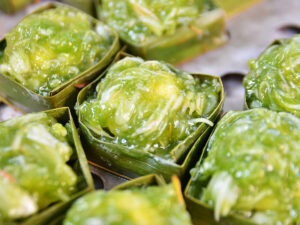
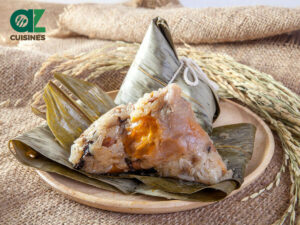
Truc Tran (Kris)
Senior Food Editor
Expertise
Home Cooking, Meal Planning, Recipe Development, Baking and Pastry, Food Editor, Cooking-video Maker, Vietnamese Food Evaluation Expert
Education
Truc Tran (Kris), an experienced food writer and editor, is great at exploring and describing global cuisines, from simple street food to fancy dining. In her writing, she skillfully mixes different flavors, cooking methods, and culinary traditions, showing the unique character of various cultures through their food and drinks. On azcuisines.com, Kris highlights her knowledge, especially in Asian cuisine and worldwide traditional dishes.